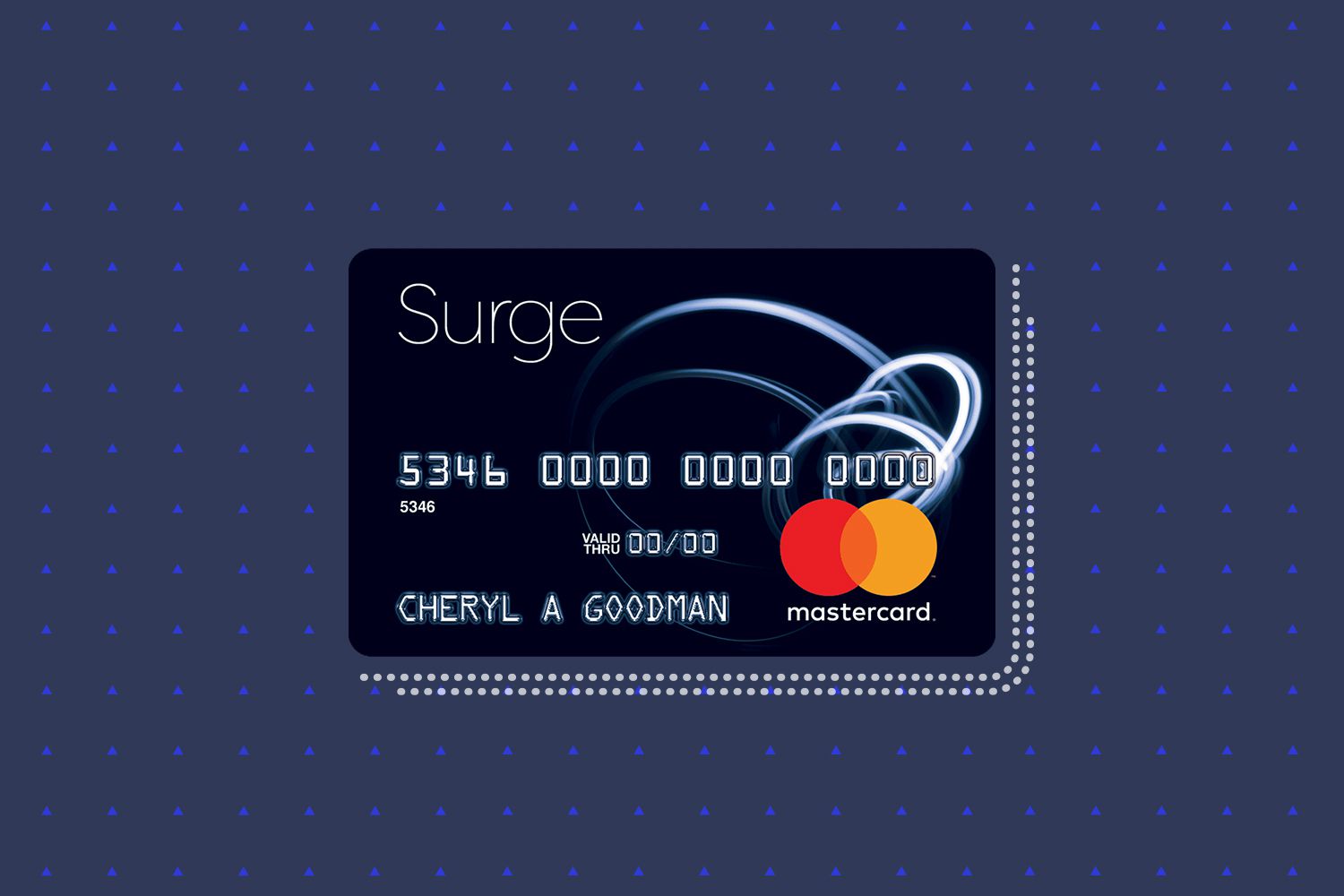
While there are some differences between the previous models, your credit score will likely remain good. The same goes for bad scores. Each credit scoring model uses a different method of calculating your score. Each model has a different goal but they all aim at predicting the risk associated with a consumer’s credit. This will affect your credit score.
New credit scoring model
All three credit reporting agencies will have access to the new FICO10 credit scoring model by 2020. It is expected to increase credit scores of 40,000,000 consumers while lowering scores of another 110 million. It uses trended data to predict the likelihood of default. In general, consumers with excellent payment history and a low balance will have a higher FICO score than those with a high balance.
FICO 10's new scoring model takes a multi-dimensional credit scoring approach. It provides trend data on revolving and minimum payment requirements as well as the amount paid towards due balances. This data allows FICO to identify consumers who make timely payments. This approach reduces the impact on a single event. This means that paying a single amount for vacation costs will not negatively impact your credit score. However a series late payments or high-interest debt will.

Changes to previous models
There have been many changes made to the credit scoring system with the release of FICO 10. The new model takes into account new data and algorithms to calculate credit scores. The average score increase for almost 40 million consumers will be 20 points. These changes are designed to reduce credit scores disparities among consumers with different credit histories.
Trended data has been added to the scoring model. This shows the credit card and debt balances for the past 24 months. This information rewards responsible credit card usage, but penalizes those who fall behind on their payments. It penalizes those with multiple debts and high credit utilization.
Non-traditional credit: Impact
FICO10T uses more data from more accounts to score the new algorithm. This data allows for more accurate prediction of a borrower's credit risk than the basic FICO10 Score. A basic FICO score takes only a snapshot from a consumer's credit reports at one time. The credit utilization part of the score is particularly helpful because it uses trending data. Credit scores used to only look at the last seven to ten years of payments history. The rising balance will affect a borrower’s score.
The new model takes into account the usage rate of all credit accounts and averages out the peaks and valleys. This means that a 20 percent drop in one account's usage rate can affect the credit score of millions. Renters without a home can use the credit information of their landlord to see if they are eligible for loans.

Changes to UltraFICO(tm) score
Fair Isaac Corporation developed UltraFICO, a credit-scoring system. Consumers with poor credit histories and credit problems are particularly affected by the score. The new scoring system is expected to boost scores by more than 20 points for consumers with limited credit histories and recent financial distress.
The new scoring system relies on more data that the FICO credit score. It also includes cash flow data from consumers' bank accounts. Although these data are not predictive of creditworthiness for consumers, UltraFICO is designed to increase credit access for all.